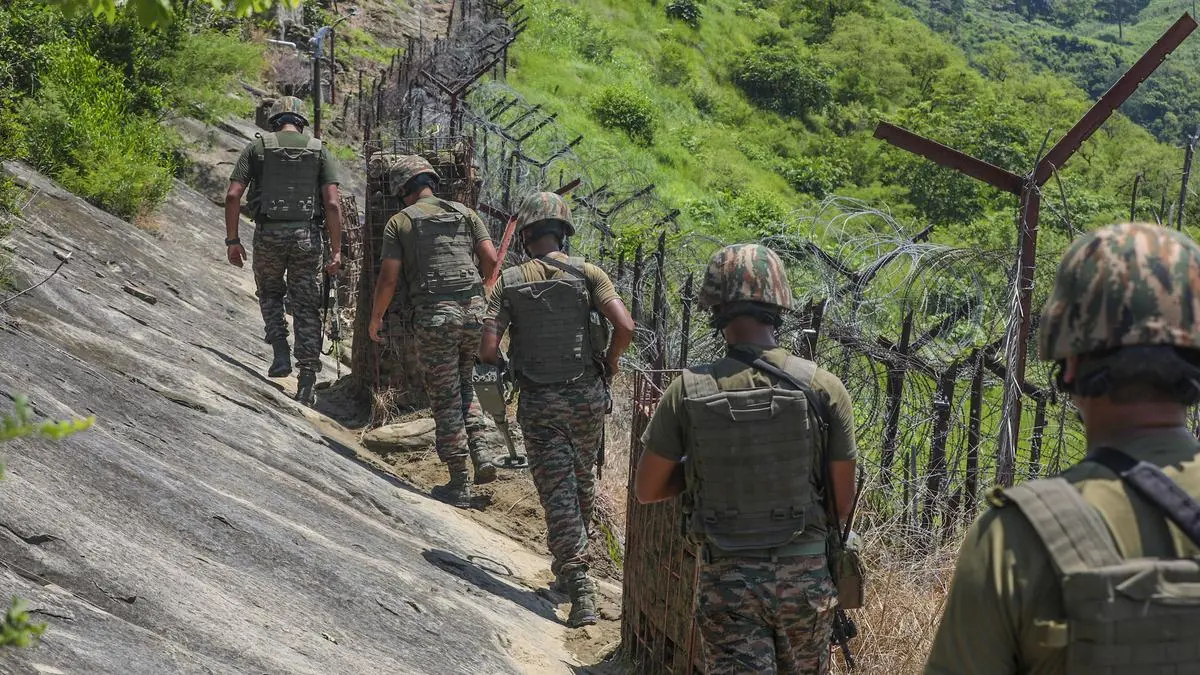India Suspends All Inbound Mails and Parcels from Pakistan Amid Rising Tensions
In a significant move amid rising diplomatic and military tensions, the Government of India has suspended all inbound mail and parcel exchanges from Pakistan. This measure comes just hours after India imposed a blanket ban on the direct and indirect import of goods from Pakistan.

According to a public notice issued by the Department of Posts on Saturday, “Government of India has decided to suspend exchange of all categories of inbound mail and parcels from Pakistan through air and surface routes.”
Trade, Shipping and Diplomatic Fallout
The sweeping restrictions do not stop at mail services. India has also:
- Prohibited entry of Pakistani-flagged ships into Indian ports
- Restricted Indian-flagged vessels from visiting ports in Pakistan
- Cancelled all visa categories for Pakistani nationals and ordered them to leave India by April 30
- Closed its airspace to Pakistani airlines
- Suspended the Indus Waters Treaty
- Shut the Integrated Check Post (ICP) at Attari
India’s exports to Pakistan in the current financial year (April 2024–January 2025) were reported at USD 447.65 million, while imports were negligible at just USD 0.42 million.
Backdrop: The Pahalgam Terror Attack
These decisions follow the tragic terror attack in Jammu and Kashmir’s Pahalgam on April 22, which resulted in the deaths of 26 civilians. The Indian government has attributed the attack to cross-border terrorism allegedly supported by elements within Pakistan.
As a consequence, the LoC has witnessed ongoing ceasefire violations for the eighth consecutive day, with Pakistani forces reportedly engaging in small arms fire across five districts of Jammu and Kashmir.
Pakistan’s Retaliatory Measures
In response to India’s escalating actions, Pakistan has:
- Suspended all trade with India, including third-country transit
- Banned Indian airlines from using Pakistani airspace
The tit-for-tat measures have further strained bilateral ties, raising concerns of broader diplomatic fallout and renewed regional instability.
“This is a reckless act of provocation and a dangerous escalation in its hostile campaign against India,” the person said.
The planned missile test, under such “volatile conditions”, is nothing short of a “blatant provocation” and a “desperate attempt to whip up tensions with India”, the person said.
The people noted that in the aftermath of the Pahalgam terror attack, Pakistan has frantically issued naval warnings, ramped up drills in the Arabian Sea, and indulged in continuous ceasefire violations along the LoC.
Pakistani troops violated the February 2021 ceasefire agreement on the LoC around 15 times between January and early April this year. But the repeated targeting of Indian posts along the LoC and the international border on Wednesday sparked the most extensive cross-border exchange of fire since the truce was revived in 2021.
On Tuesday, Prime Minister Narendra Modi gave India’s armed forces “complete operational freedom” to decide on the mode, targets and timing of the response to the Pahalgam terror attack. At the same time, he affirmed the national resolve to deal a “crushing blow to terrorism”.
On Wednesday, Pakistan’s deputy prime minister Ishaq Dar told a media briefing that his country will not resort to any escalatory action but will respond “very strongly” to any such move by India.
The Pakistani side has denied any involvement in the Pahalgam terror attack and called for an independent investigation into the incident.
Pakistan has retaliated with several counter-measures, including closing its airspace to Indian airliners and suspending all trade, including through third countries.
Conclusion
The suspension of mail, trade, and diplomatic ties underscores the deepening rift between the two nuclear-armed neighbours. With India tightening the noose on all interactions with Pakistan, the coming weeks are likely to witness intensified global scrutiny and calls for restraint. Meanwhile, civilians and businesses on both sides continue to bear the brunt of political tensions.









